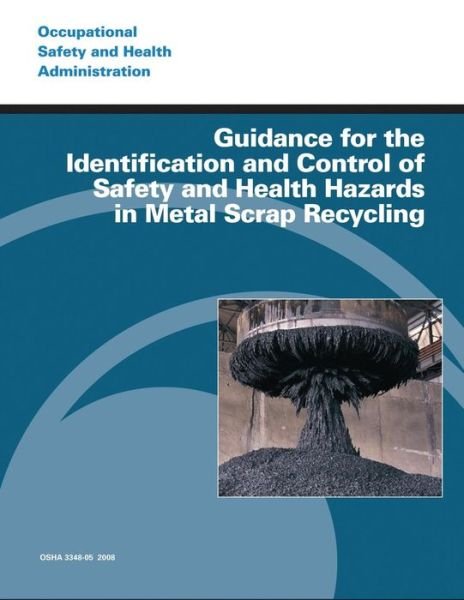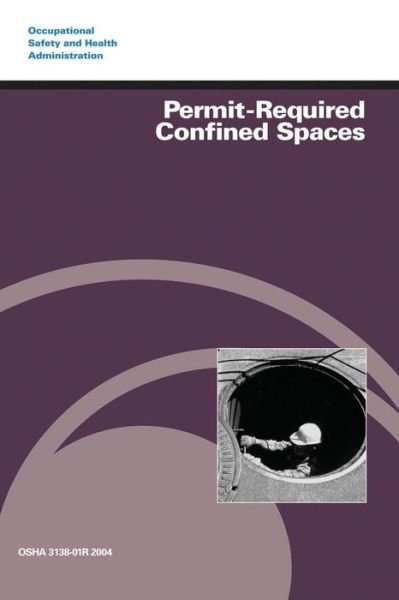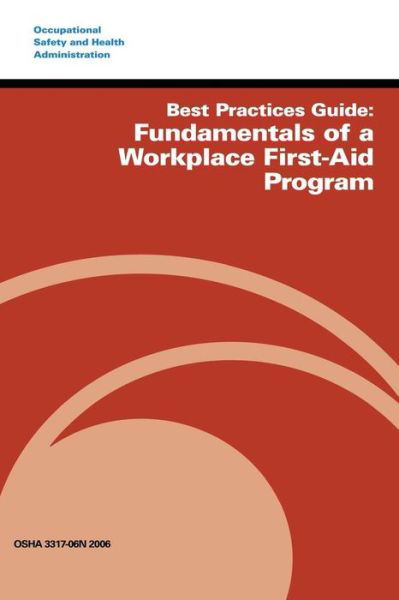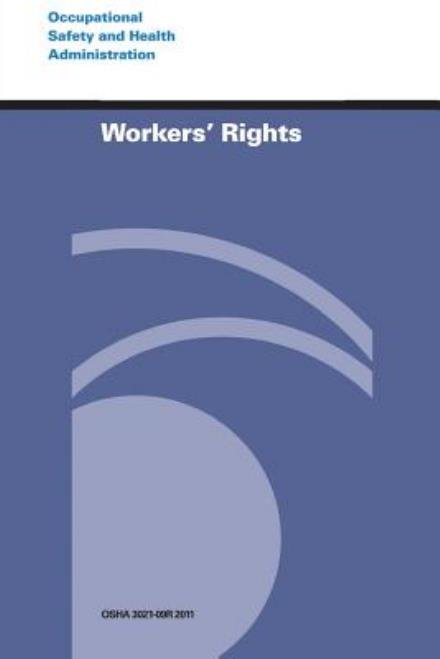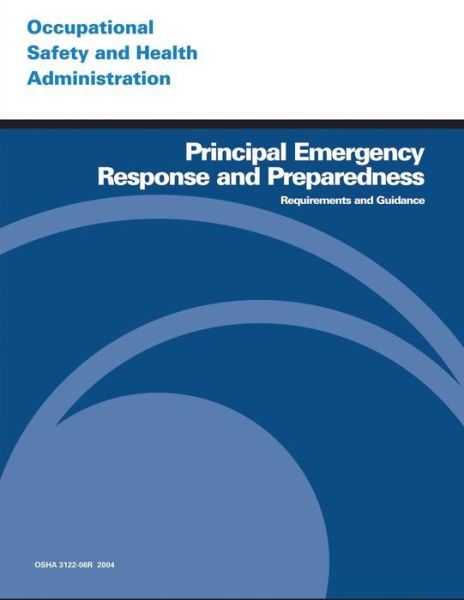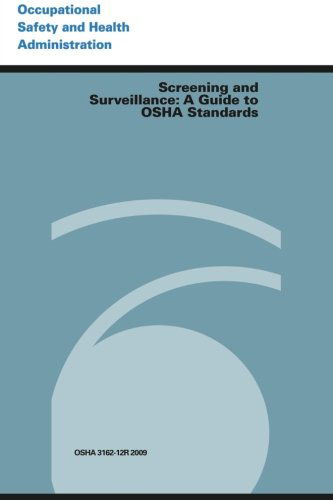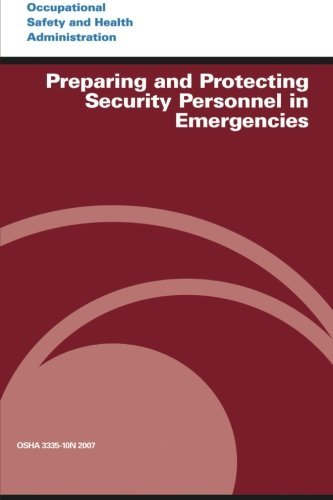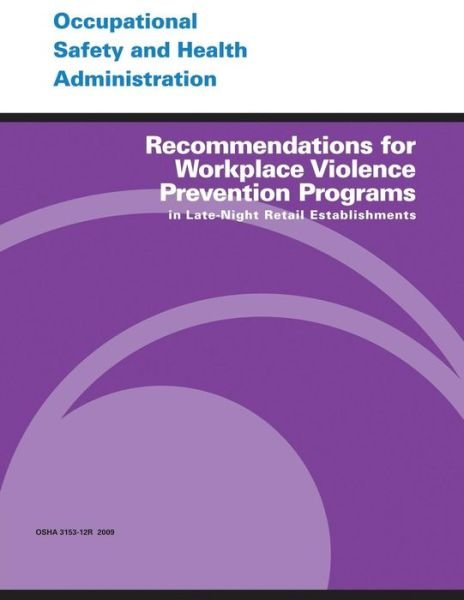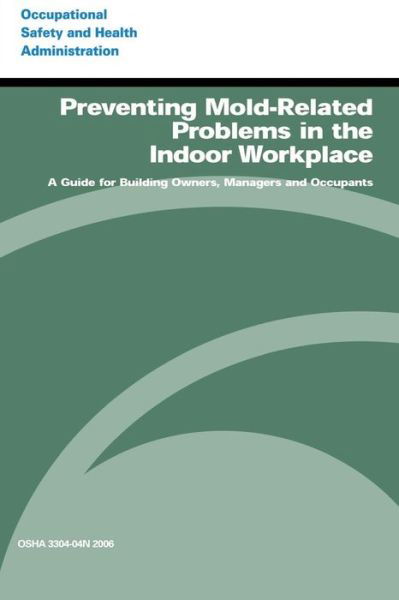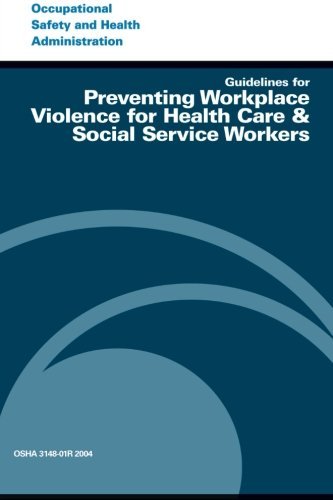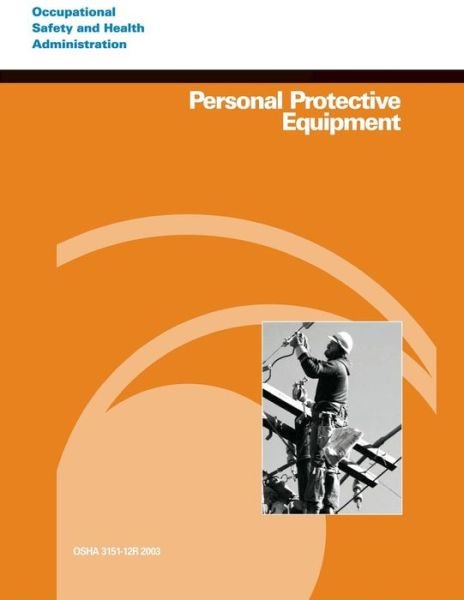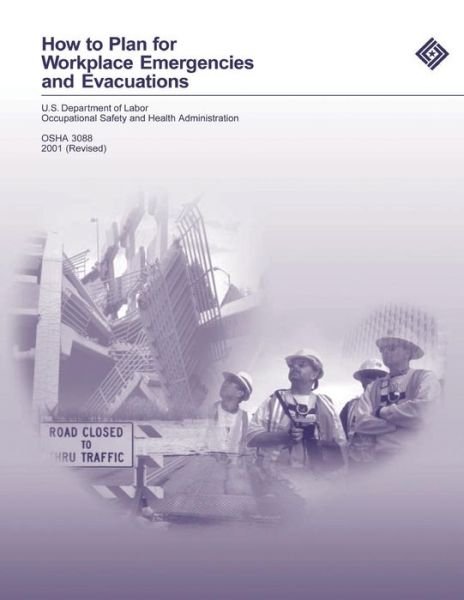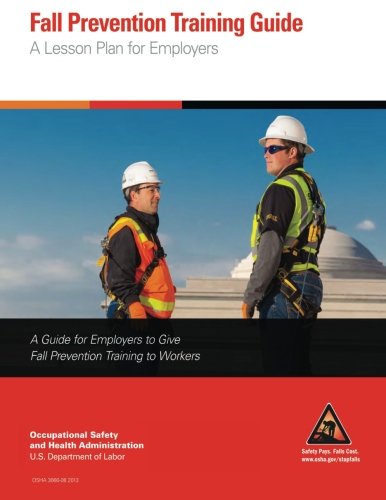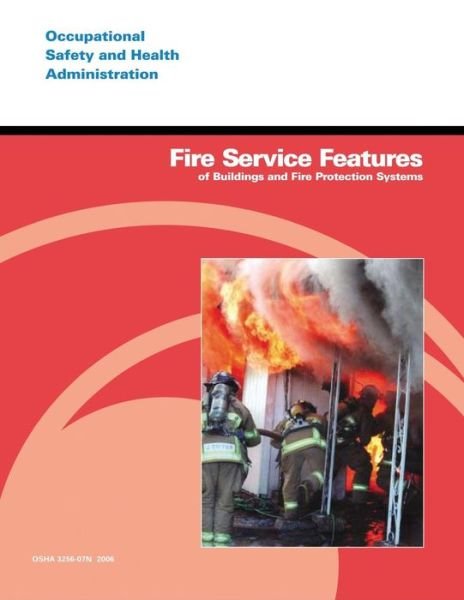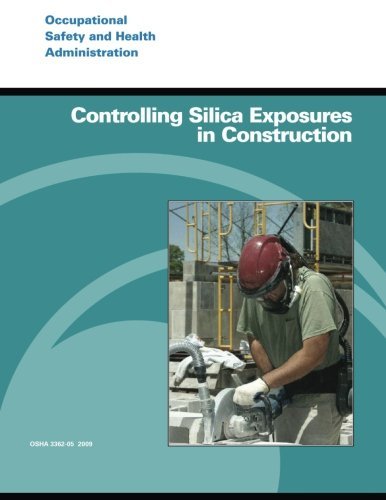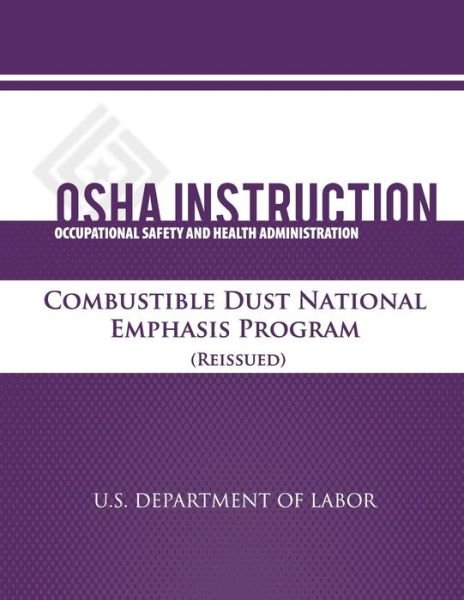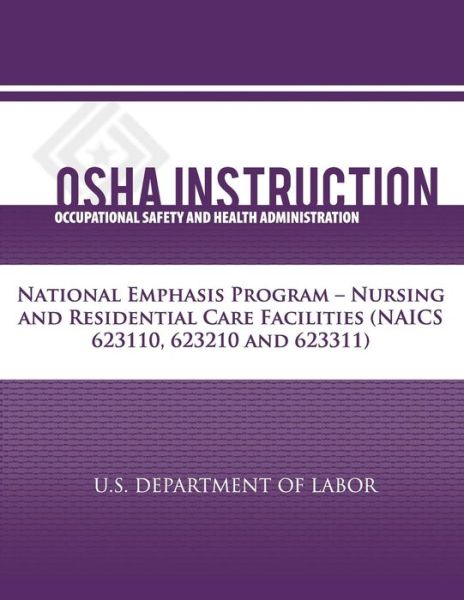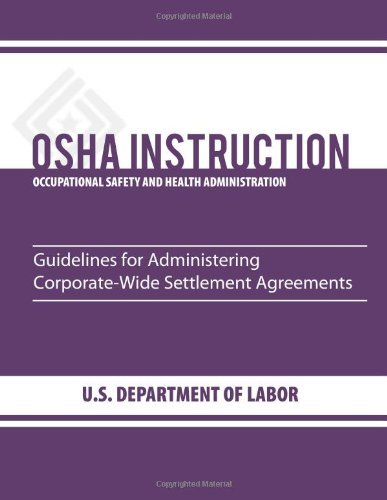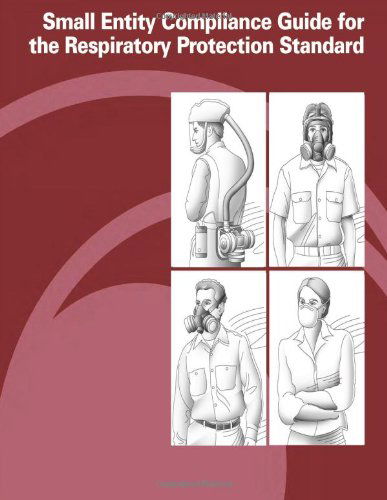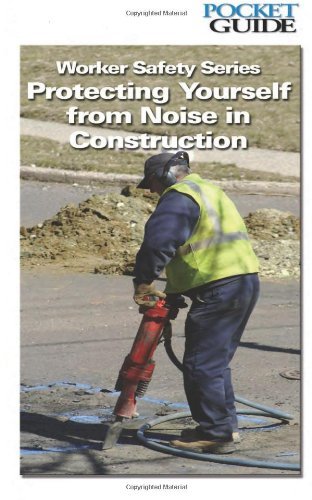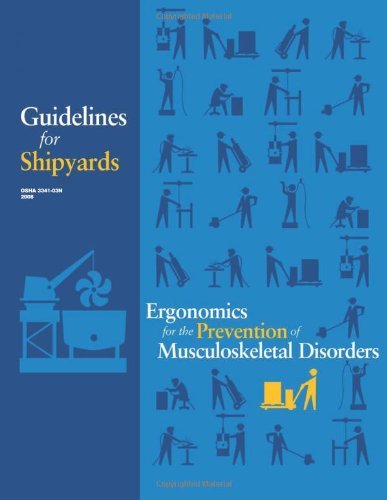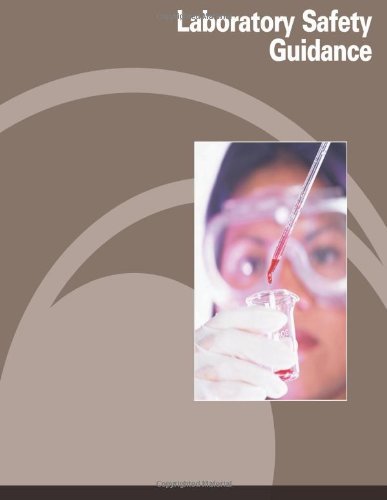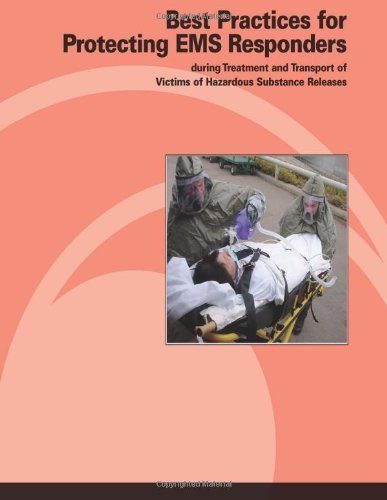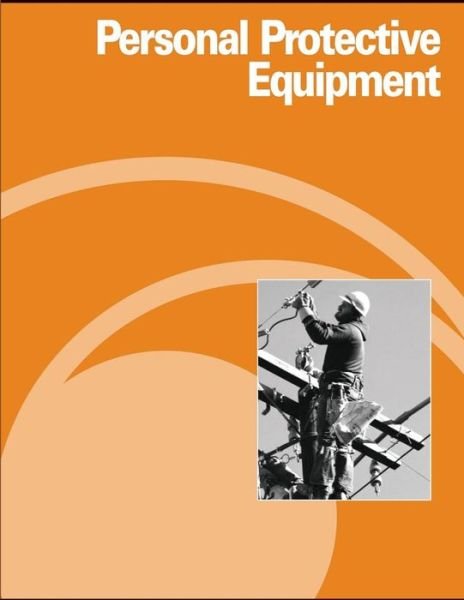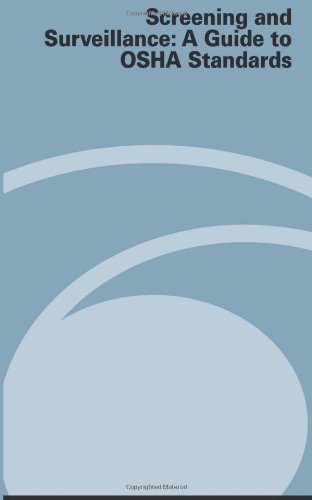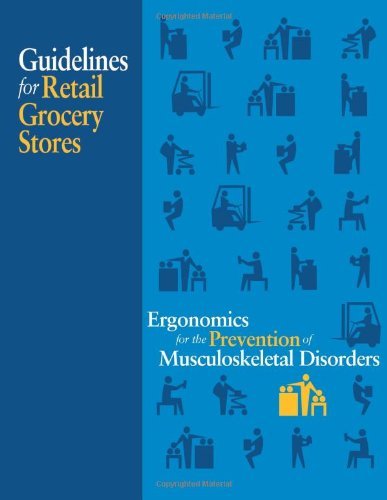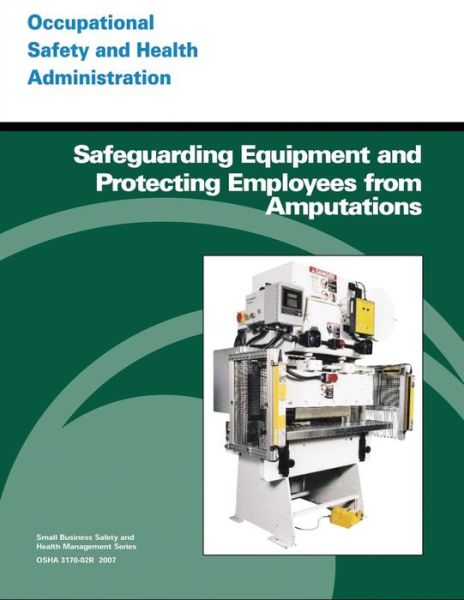
Recomienda este artículo a tus amigos:
Safeguarding Equipment and Protecting Employees from Amputations
Occupational Safety and Health Administration
Safeguarding Equipment and Protecting Employees from Amputations
Occupational Safety and Health Administration
Amputations are among the most severe and disabling workplace injuries that often result in permanent disability. They are widespread and involve various activities and equipment. (The U. S. Bureau of Labor Statistics 2005 annual survey data indicated that there were 8,450 non-fatal amputation cases ? involving days away from work ? for all private industry. Approximately forty-four percent (44%) of all workplace amputations occurred in the manufacturing sector and the rest occurred across the construction, agriculture, wholesale and retail trade, and service industries.) These injuries result from the use and care of machines such as saws, presses, conveyors, and bending, rolling or shaping machines as well as from powered and non-powered hand tools, forklifts, doors, trash compactors and during materials handling activities. Anyone responsible for the operation, servicing, and maintenance (also known as use and care) of machines (which, for purposes of this publication includes equipment) ? employers, employees, safety professionals, and industrial hygienists?should read this publication. Primary safeguarding, as used in this publication, includes control methods that protect (e.g., prevent employee contact with hazardous machine areas) employees from machine hazards through effective machine guarding techniques. In addition, a hazardous energy control (lockout/tagout) program needs to complement machine safeguarding methods in order to protect employees during potentially hazardous servicing and maintenance work activities. This guide can help you, the small business employer, identify and manage common amputation hazards associated with the operation and care of machines. The first two sections of the document, Recognizing Amputation Hazards and Controlling Amputation Hazards, look at sources of amputations and how to safeguard machinery and control employee exposure to hazardous energy (lockout/ tagout) during machine servicing and maintenance activities. The section on Specific Machinery Hazards and Safeguarding Methods identifies the hazards and various control methods for machinery associated with workplace amputations, such as: mechanical power presses, press brakes, conveyors, printing presses, roll-forming and roll-bending machines, shears, food slicers, meat grinders, meatcutting band saws, drill presses, milling machines, grinding machines, and slitting machines. The information in this booklet does not specifically address amputation hazards on all types of machinery in general industry, construction, maritime and agricultural operations; however, many of the described safeguarding techniques may be used to prevent other amputation injuries. Additionally, while this manual concentrates attention on concepts and techniques for safeguarding mechanical motion, machines obviously present a variety of other types of energy hazards that cannot be ignored. For example, pressure system failure could cause fires and explosions. Machine electrical sources also pose electrical hazards that are addressed by other OSHA standards.
| Medios de comunicación | Libros Paperback Book (Libro con tapa blanda y lomo encolado) |
| Publicado | 12 de marzo de 2014 |
| ISBN13 | 9781497317284 |
| Editores | CreateSpace Independent Publishing Platf |
| Páginas | 60 |
| Dimensiones | 216 × 280 × 3 mm · 163 g |
| Lengua | English |


